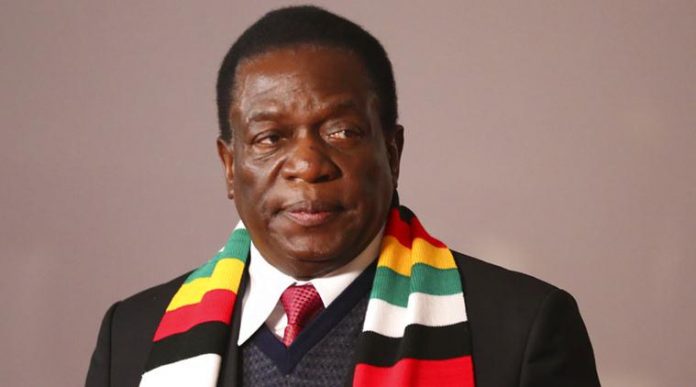President Emmerson Mnangagwa’s vision of transforming Zimbabwe into an upper middle-income economy by 2030 is already hitting a snag with activities in the country’s troubled economy pointing in the opposite direction.
A middle-income economy, according to the World Bank has a per capita income of between US1, 500 and US$3, 500.
Economist, Prosper Chitambara of the Labour and Economic Development Research Institute of Zimbabwe (LEDRIZ), told journalists in Bulawayo on Thursday, the country has to achieve annual economic growth of 7 percent in order to become an upper middle-income economy by 2030.
“For Zimbabwe to attain the upper middle-income status by 2030, we must attain growth of an average of 7 percent per year consistently,” said Chitambara.
“We must be investing at least 25 percent of our GDP. In other words, our investment to GDP ratio must be 25 percent.”
However, last year the country’s economy only grew by 4 percent, while this year it is projected to contract by -7,1 percent.
“Next year the forecast will depend on whether we have good rains,” said Chitambara.
“You will realise that for Zimbabwe in 2017 we were in a low income basket but in 2018 Zimbabwe graduated to become a lower middle-income country. But for 2019 we have slid back to being a low-income country.”
The economist said growth in most African economies, largely driven by extractive sectors such as mining, has not been significantly poverty reducing.
“According to the World Bank between 1990 and 2013, the number of poor Africans rose by 50 million in spite of the fact that Africa on average grew by three percent per year,” bemoaned Chitambara.
“When you look at Zimbabwe, during that period when the economy was growing, that growth was not associated with poverty reduction. It has also not been associated with employment creation.”

